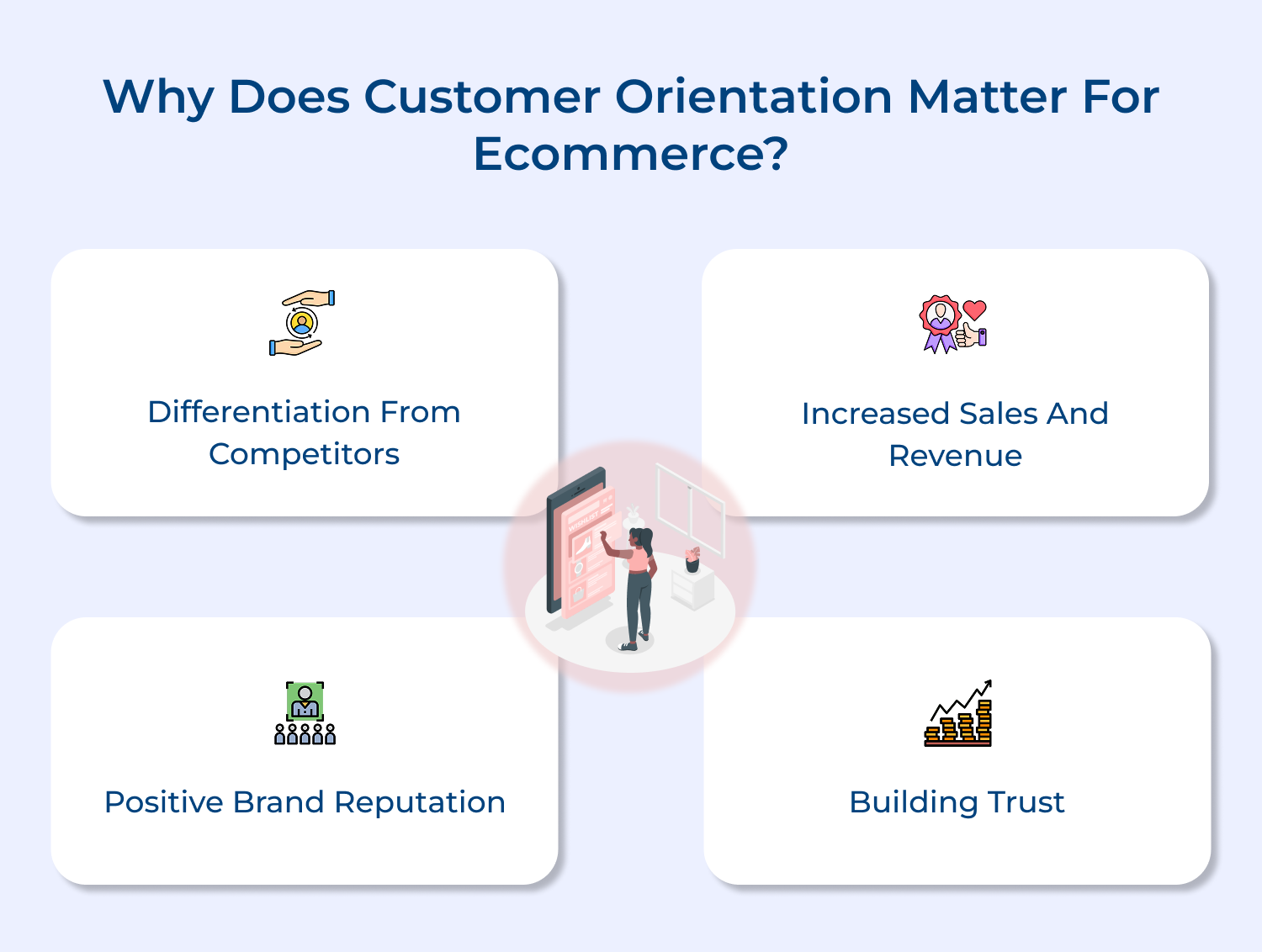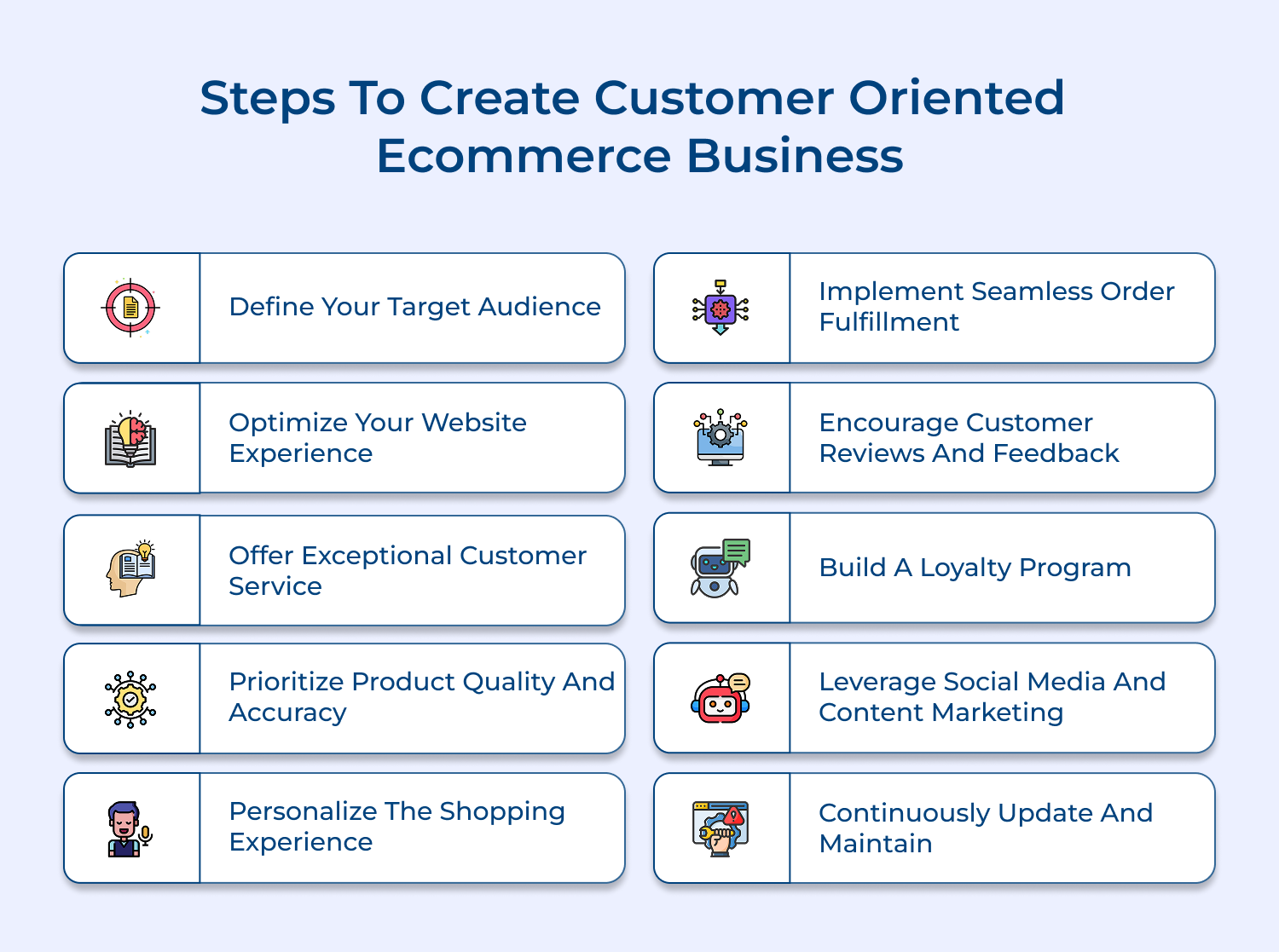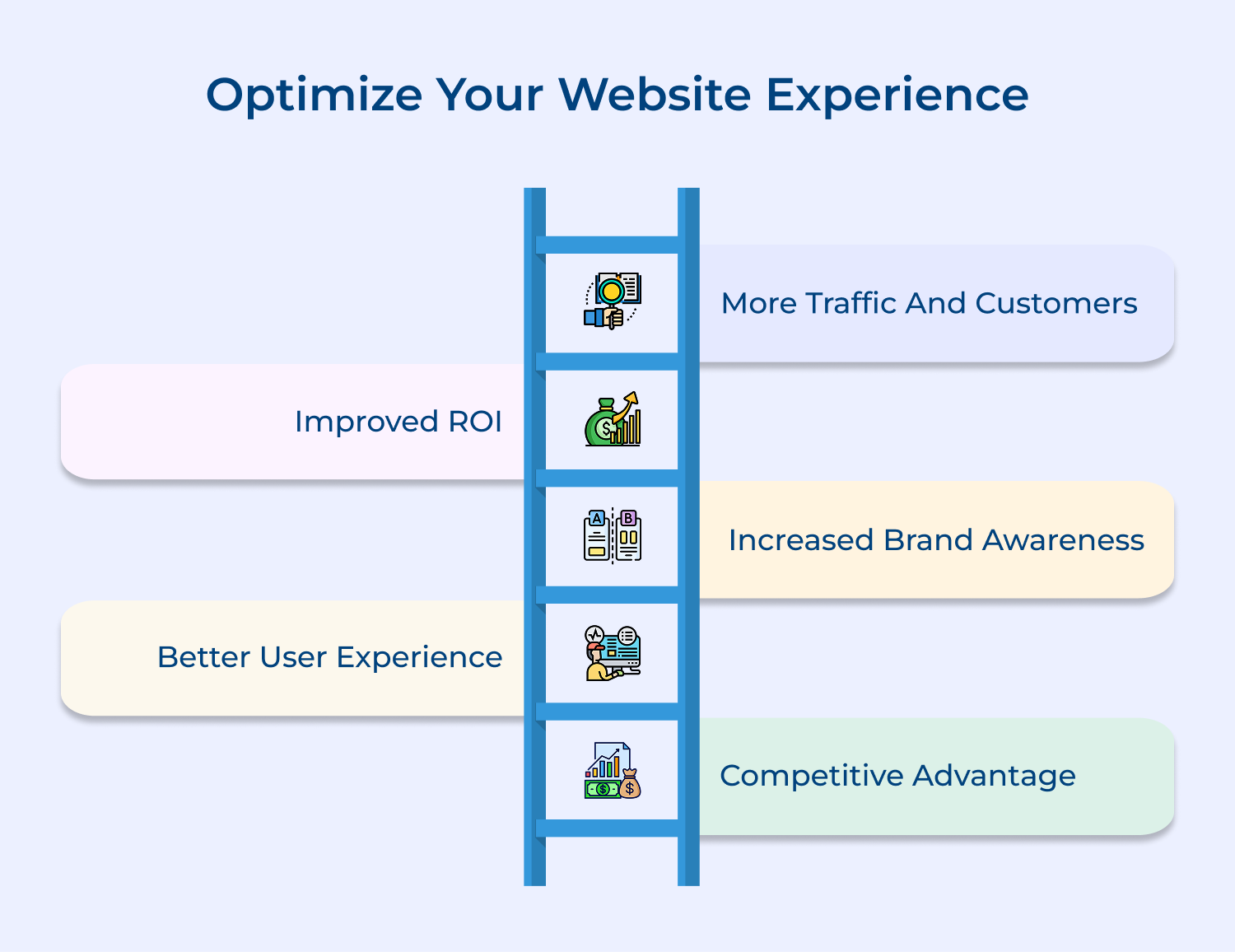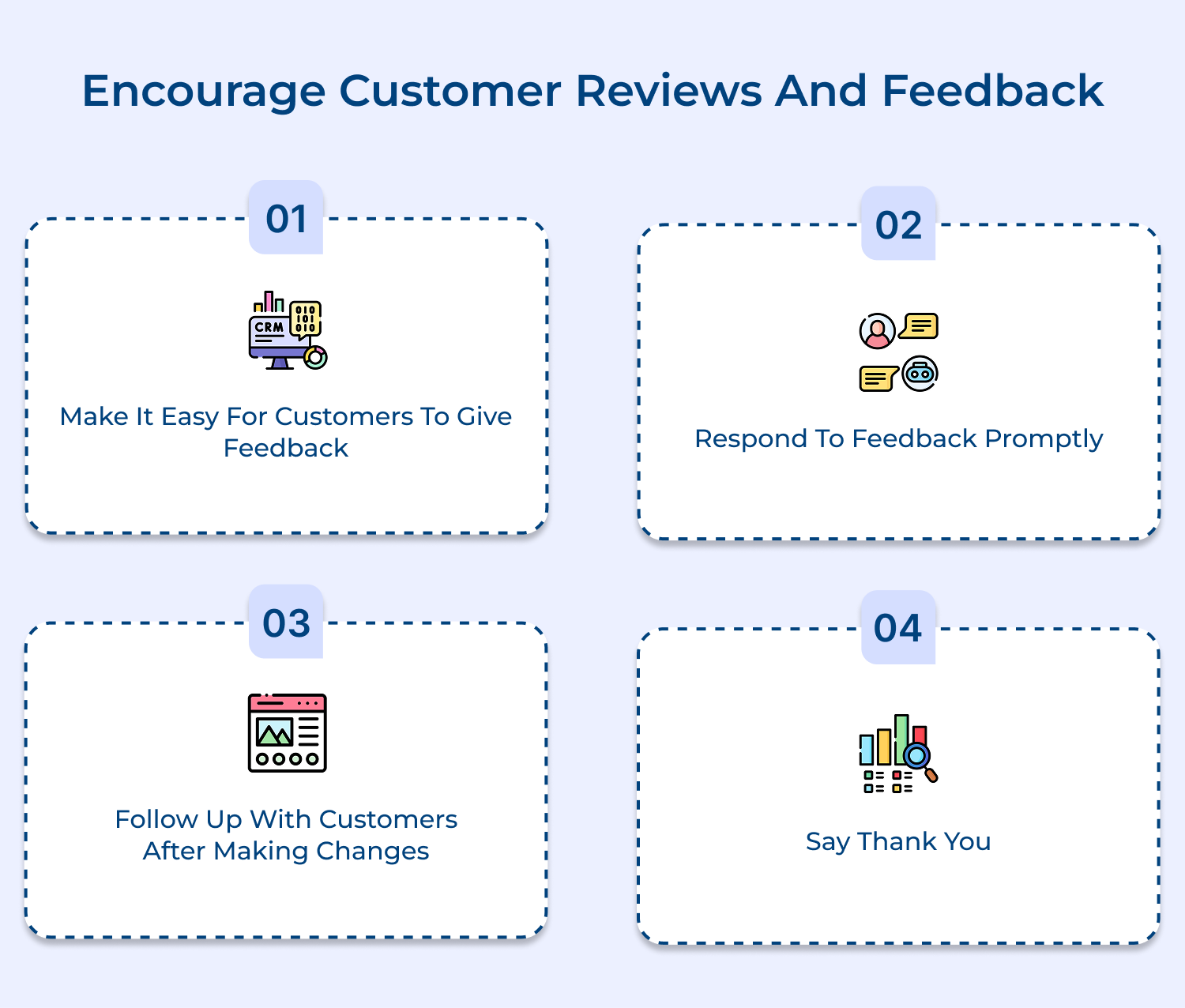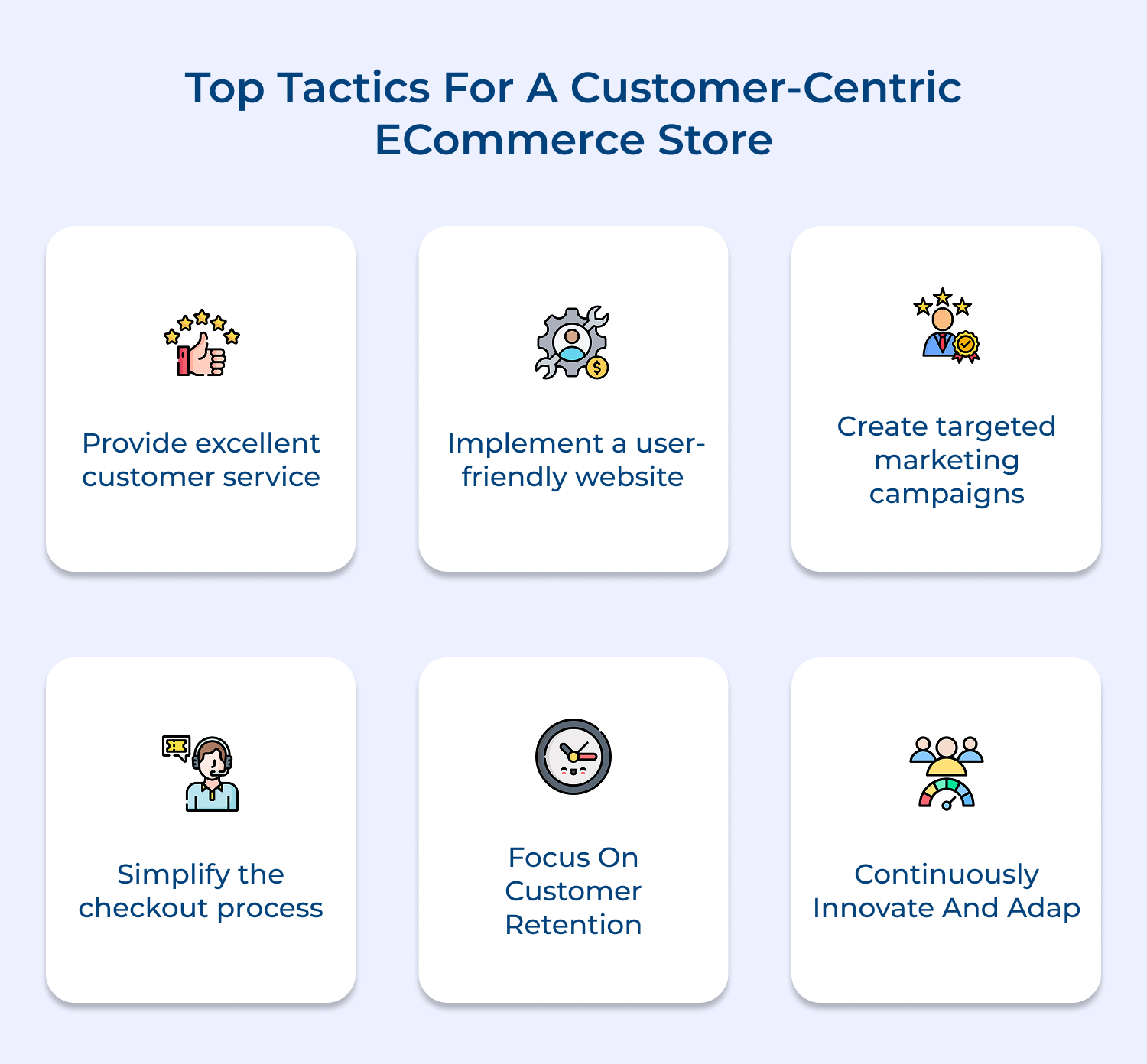Offer Exceptional Customer Service
Implement multiple channels for customer support, such as live chat, email, phone and social media. Respond promptly to inquiries and provide knowledge along with friendly assistance. Consider offering self-service options like FAQs and knowledge bases for faster resolutions.
Pro tips to consider:
- Personalized interactions: Tailor your customer service interactions to each customer’s preferences and needs to create a personalized experience.
- Post-purchase follow-up: Follow up with customers after their purchase to gather feedback, address any concerns and show appreciation for their business.
Prioritize Product Quality and Accuracy
Ensure your product descriptions, images and specifications are accurate. Provide detailed information to help customers make informed decisions and set realistic expectations. Offer high-quality products while standing behind them with robust return and exchange policies.
Conduct rigorous quality control checks on all products before they are listed on your website. Provide detailed product descriptions and high-quality images to accurately represent your products. Offer easy returns and exchanges for customers who are not satisfied with their purchase.
Personalize the Shopping Experience
Leverage customer data and analytics to personalize the shopping experience. Offer personalized product recommendations, tailored promotions and targeted content based on customers’ browsing as well as purchase history.
Implement personalized product recommendations based on customer browsing history and purchase behavior. Send targeted email marketing campaigns with personalized product suggestions.
Implement Seamless Order Fulfillment
Streamline your order fulfillment process to ensure timely and accurate delivery of products. Provide clear order tracking information and communication throughout the process. Consider offering various shipping options, including expedited shipping for added convenience.
Tips to follow:
- Invest in reliable shipping partners to ensure timely delivery of orders.
- Provide customers with order tracking information to keep them informed about the status of their purchases.
- Streamline the order fulfillment process to minimize delays and errors.
Encourage Customer Reviews and Feedback
Implement a system for customers to leave reviews and feedback on products as well as services. Respond to both positive and negative reviews professionally. Use the feedback to continuously improve your offerings along with customer experience.
Send follow-up emails requesting reviews after customers have made a purchase. Display customer reviews prominently on product pages to build trust and credibility. Use customer feedback to make improvements to products and services.

